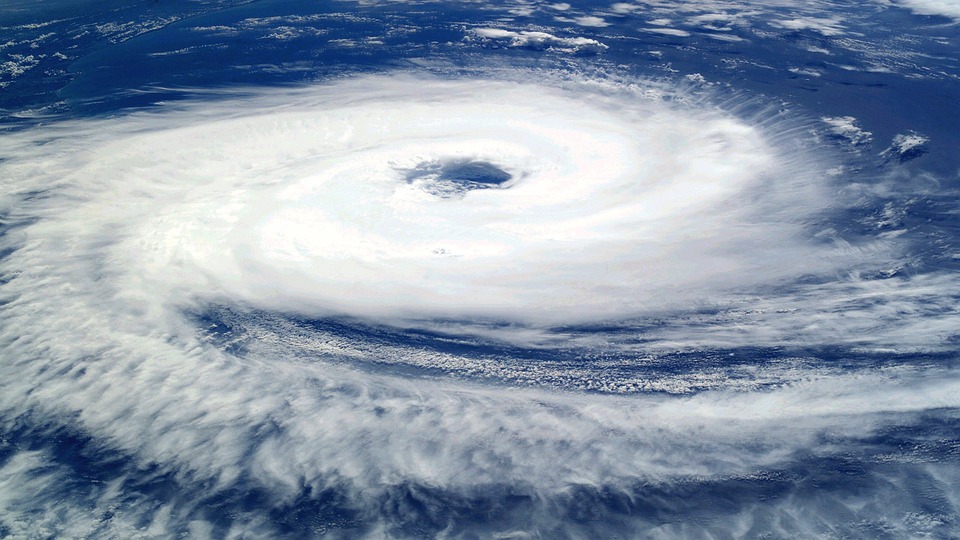November 16, 2024 – The Philippines is bracing for the impact of Super Typhoon Man-Yi, with tens of thousands of people evacuated from their homes and widespread flight cancellations as the powerful storm barrels toward the country. Authorities have raised alarms over the threat of heavy rains, violent winds, and the risk of flooding and storm surges that could devastate coastal communities. The typhoon is expected to bring severe conditions across a wide swath of the archipelago, which is regularly hit by destructive tropical cyclones.
Evacuations and Preparations Intensify
The National Disaster Risk Reduction and Management Council (NDRRMC) confirmed that evacuation orders were issued in multiple provinces, particularly those located in Eastern Visayas, Bicol, and Northeastern Mindanao, which are expected to experience the worst of the storm. As of Saturday morning, more than 50,000 people have already been moved to safety, with shelters being set up in evacuation centers.
The government is also on high alert, mobilizing emergency response teams and preparing for the worst-case scenario. “We are taking all the necessary precautions and making sure that local government units are ready to help,” said Rafael C. Ragos, spokesperson for the NDRRMC. The storm’s strength and trajectory are forcing authorities to accelerate their response efforts, with additional evacuations expected as the storm nears landfall.
Super Typhoon Man-Yi’s Potential Impact
Super Typhoon Man-Yi, classified as a Category 5 typhoon by the Philippine Atmospheric, Geophysical and Astronomical Services Administration (PAGASA), is forecast to bring sustained winds of up to 250 kilometers per hour (155 mph), with gusts potentially reaching up to 300 kilometers per hour (186 mph). The storm’s winds, combined with heavy rainfall, are expected to cause widespread flooding, landslides, and storm surges in low-lying coastal areas.
The Philippines, which is located in the Pacific Typhoon Belt, faces an average of 20 typhoons each year. However, the intensity of storms such as Man-Yi is becoming more pronounced as a result of climate change, which is contributing to stronger, more unpredictable weather events. Experts warn that the combination of strong winds, torrential rain, and rising sea levels could lead to significant damage to infrastructure and agriculture, and even pose a risk to lives.
Disruption to Air Travel and Transportation
As a precaution, the Civil Aviation Authority of the Philippines (CAAP) has grounded dozens of flights in and out of major airports, including in Manila, Cebu, and Davao. Authorities have advised travelers to check with airlines for updates on rescheduled flights. Seaports in affected regions have also been closed, and land transport services are disrupted, as roads become impassable due to floodwaters and fallen debris.
In Manila, the capital city, authorities have enforced a partial lockdown, with businesses and government offices urged to close early. Many schools have canceled classes, and non-essential work has been suspended in anticipation of the storm’s landfall.
A History of Devastation
This is not the first time the Philippines has faced the wrath of a super typhoon. The archipelago has been hit by some of the most powerful storms in recorded history. Typhoon Haiyan (locally known as Yolanda), which struck in 2013, killed over 6,000 people and caused widespread destruction in the central Philippines. The government has since taken steps to strengthen disaster preparedness and response measures, although challenges remain in vulnerable areas, particularly in coastal and mountainous regions.
The impact of Typhoon Man-Yi remains uncertain, but experts are already concerned about the storm’s potential to cause catastrophic damage. According to PAGASA forecasts, Man-Yi is expected to make landfall in the next 24 to 48 hours, but its exact path could change depending on shifting weather patterns. Emergency response agencies are preparing for the worst, particularly in areas where Man-Yi’s eye could pass over.
Climate Change and the Growing Risk of Extreme Weather
The increasing frequency and intensity of extreme weather events like Super Typhoon Man-Yi are a growing concern for experts, who point to the role of climate change in exacerbating the severity of tropical cyclones. Rising sea surface temperatures fuel stronger storms, and the Philippines, as a major front-line nation, is feeling the effects most acutely.
Climate scientists argue that while typhoons are a natural part of the global climate system, the warming planet is contributing to higher rainfall rates, stronger winds, and more erratic storm paths. The UN’s Intergovernmental Panel on Climate Change (IPCC) has highlighted the increased risks that coastal nations like the Philippines face as a result of global warming.
“The Philippines is on the frontline of climate change,” said Dr. Renato Solidum, a geologist and head of the Philippine Institute of Volcanology and Seismology (PHIVOLCS). “The frequency of these storms is increasing, and while we cannot stop them from forming, we can mitigate the damage through preparedness and international cooperation.”
Government and Humanitarian Efforts
In response to the impending storm, the government has allocated emergency funds to affected regions and activated disaster response protocols. Humanitarian organizations, such as the Philippine Red Cross and World Food Programme, are also on standby to assist in relief efforts once the typhoon passes.
Local authorities are focused on protecting vulnerable populations, including children, the elderly, and those with disabilities, ensuring that evacuation centers are accessible and safe. At the same time, officials are emphasizing the importance of staying informed through official channels and adhering to evacuation orders when issued.
Man-Yi’s potential impact underscores the urgency for improved disaster preparedness and climate resilience in the Philippines. With an ever-growing population in areas vulnerable to typhoons, the country faces an uphill battle in adapting to the changing climate while safeguarding its citizens from the growing threat of natural disasters.
Conclusion
As Super Typhoon Man-Yi moves closer to the Philippines, the government and local communities are bracing for what could be a devastating storm. Tens of thousands of people have already been evacuated, and emergency services are mobilized to respond to the threat of flooding, storm surges, and destruction. The storm’s approach serves as a reminder of the growing vulnerability of coastal nations to climate change, as more frequent and powerful typhoons become an unfortunate reality.
Authorities continue to monitor the situation closely, urging residents in affected areas to remain vigilant and follow evacuation orders. As the storm looms, the resilience and preparedness of the Filipino people will be tested once again.
References:
- Reuters. (2024). “Philippines evacuates tens of thousands as super typhoon Man-Yi nears.” Reuters
- PAGASA (Philippine Atmospheric, Geophysical and Astronomical Services Administration). (2024). “Super Typhoon Man-Yi Update.” PAGASA
- Report from the IPCC, 2023: “Climate Change 2023: The Physical Science Basis.” IPCC Report



